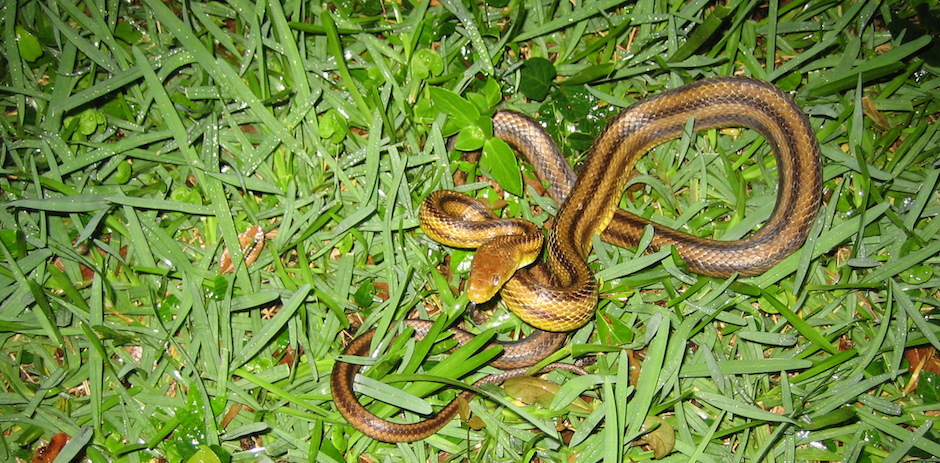

On colder days they’ll seek sunlight to warm up and on hot days they’ll seek shade to stay cool. Snakes are more active during warmer months–usually May to September.

North Carolina’s beaches aren’t typically associated with rattlesnakes, but Cape Hatteras National Seashore has issued an alert that the venomous snakes are showing up at the most inopportune of places on the Outer Banks. See also How Would You Describe North Carolina? Are there snakes on the beach in North Carolina? Pour these substances around the perimeter of your property, any place you have noticed snake activity. Natural repellents including sulfur, clove and cinnamon oil, and vinegar may help repel snakes. With 46 native snakes, Florida’s wild areas have more snakes than any state on the east coast. Males had higher bite rates than females, and whites had higher rates than nonwhites.

States having the highest bite rates per million population per year are North Carolina, 157.8 West Virginia, 105.3 Arkansas, 92.9 Oklahoma, 61 Virginia, 48.7 and Texas, 44.2. Snakes are found all over NC, from forests to cities, so it makes sense to learn to live with them. Of all 100 counties in the state, they said Wake County has the highest number reported of snake bites. Of those 6 “poisonous” snakes in North Carolina, three of them are relegated to the hotter, far southeastern section of the state. There are 37 species of snakes in North Carolina, with 31 types of non-venomous snakes in NC and only 6 types of venomous snakes. One example of a native threatened snake species is the northern pine snake. Unfortunately, some of the state’s 38 native snake species are in decline and are listed as threatened in North Carolina. To learn more about venomous and non-venomous NC snakes, click here.Snakes are an important part of the ecosystem and help control the rodent, slug and insect populations. Live in sandy areas and underground most of the time.Mate during late summer or fall females give birth to 5-20 young next year.Usually found in forests (moutains and Coastal Plain).Females give birth to 3-9 babies in late summer or early fall.Usually found in forests in the southeastern Coastal Plain and in the Sandhills.Mate in August and September females give birth to 7-21 young next fall.Mate in spring and fall females give birth to 3 to 14 young between August and October.Average adult length between 3 and 6 feet.Found in most habitats associated with water.Mate in the spring and fall females give birth to 3 to 14 young during late summer or early fall.Average adult length between 2 and 3 feet.Found statewide in mostly forested areas.The Wildlife Resources Commission says there are 38 snake species native to North Carolina. But, if you see one and you're eager to find out what kind you're dealing with, read on. According to the North Carolina Wildlife Resources Commission, you should leave it alone and walk away. Now, imagine you were to see a snake right now, what would be your first reaction? Would you panic and scream? Pass out? Try to distract or kill the snake? Chances are if you do any of these things, you’re putting yourself in more danger. NORTH CAROLINA – Before you scroll to read, click through the snake picture gallery above to test if you know which NC native venomous snake is which.


 0 kommentar(er)
0 kommentar(er)
